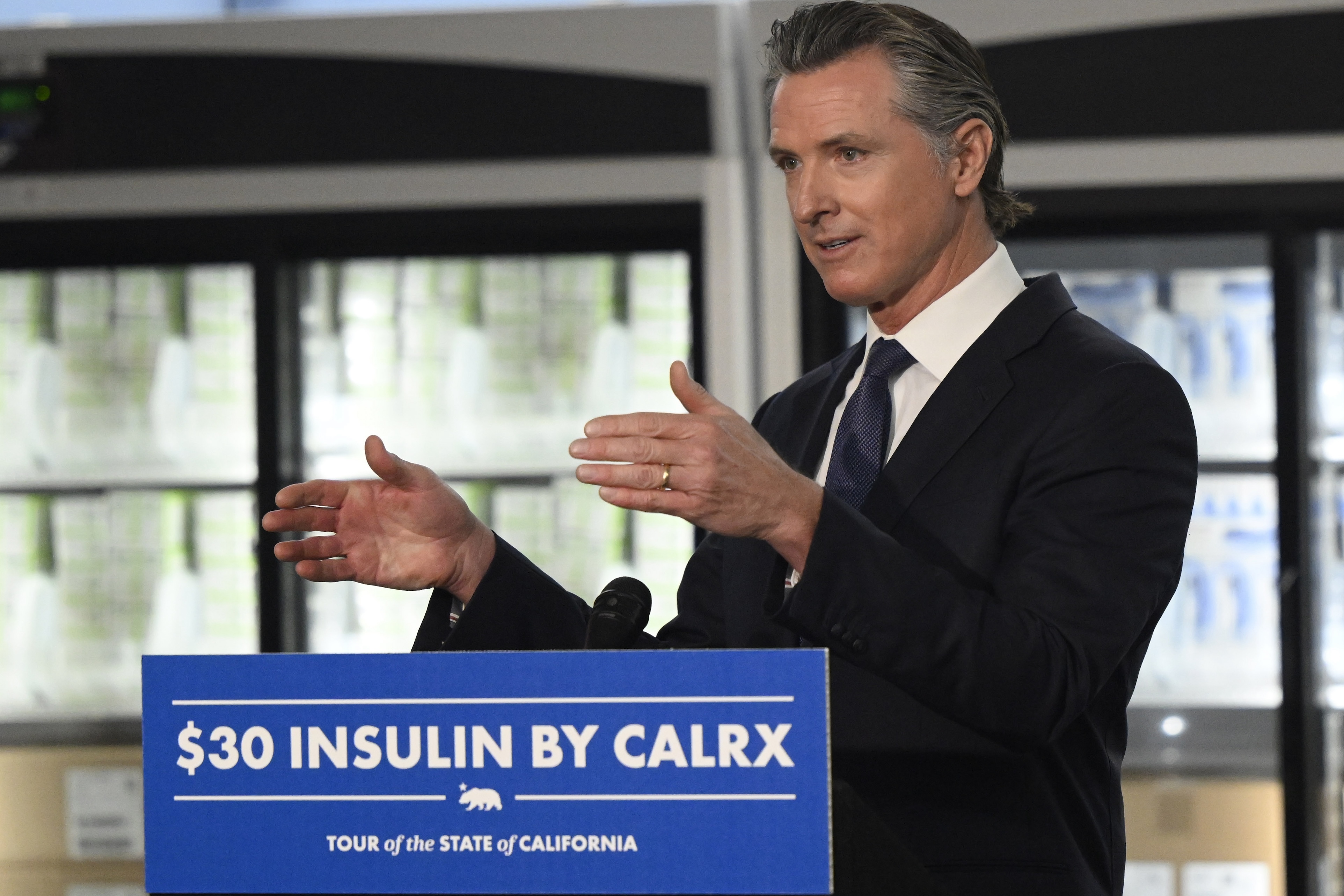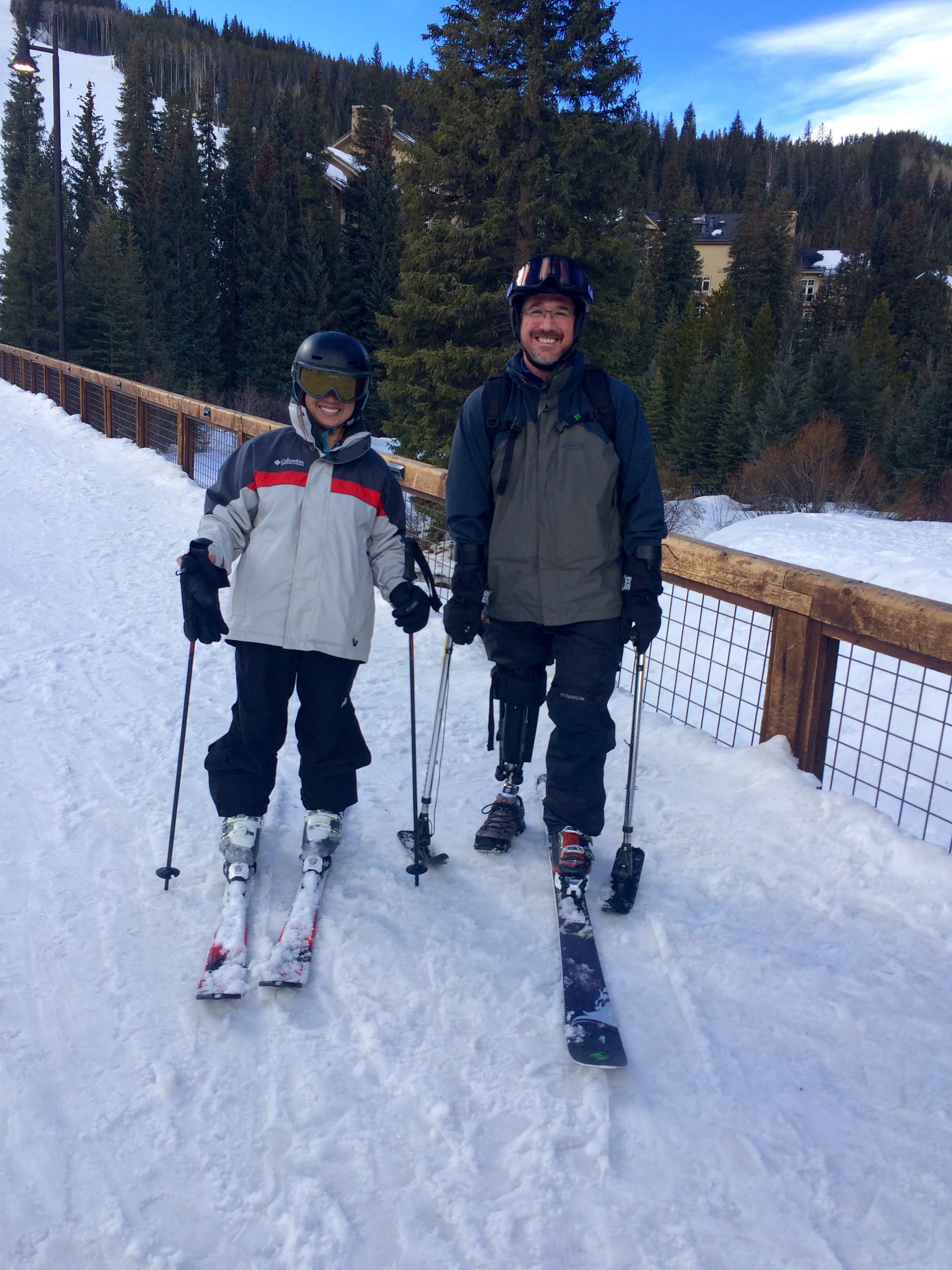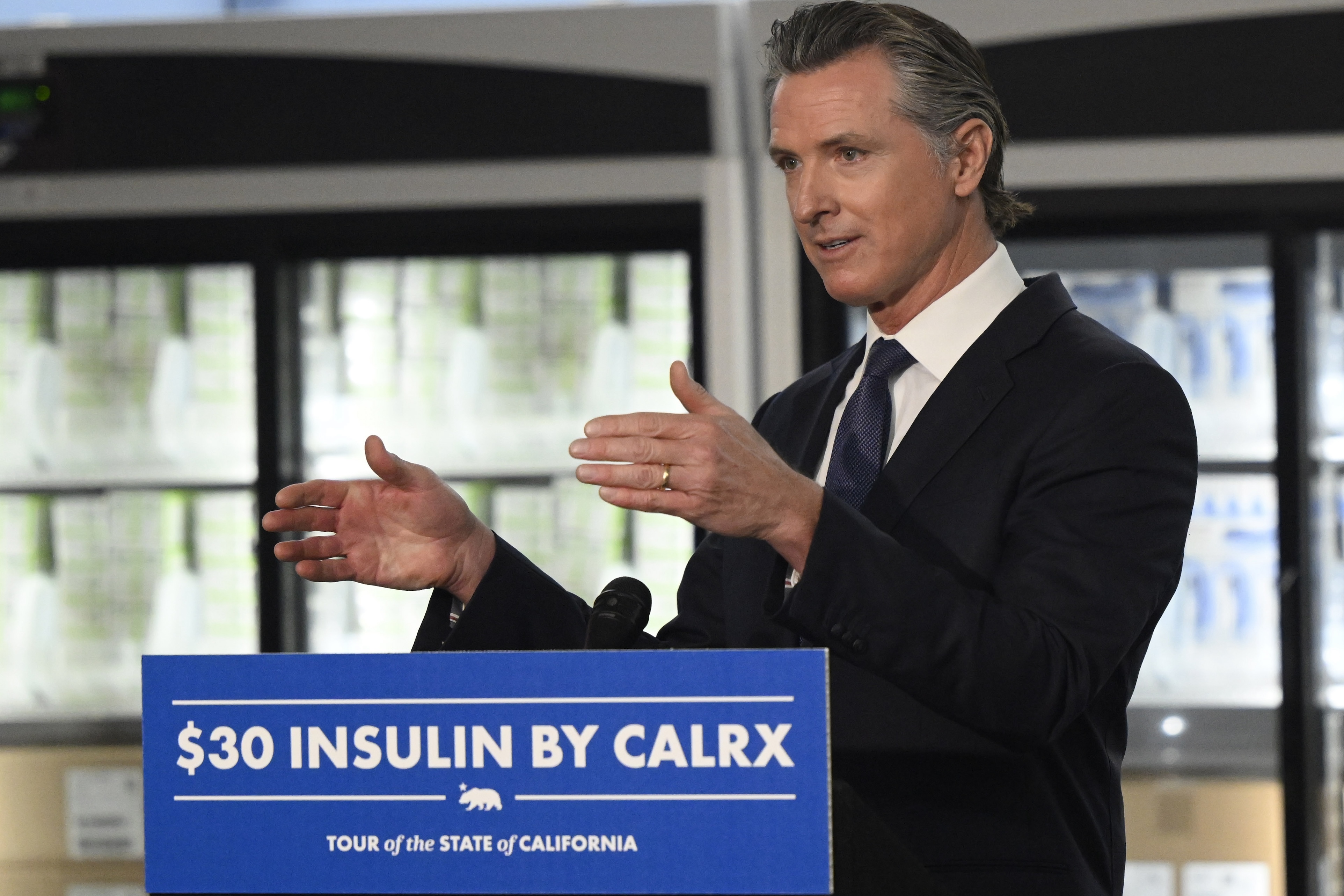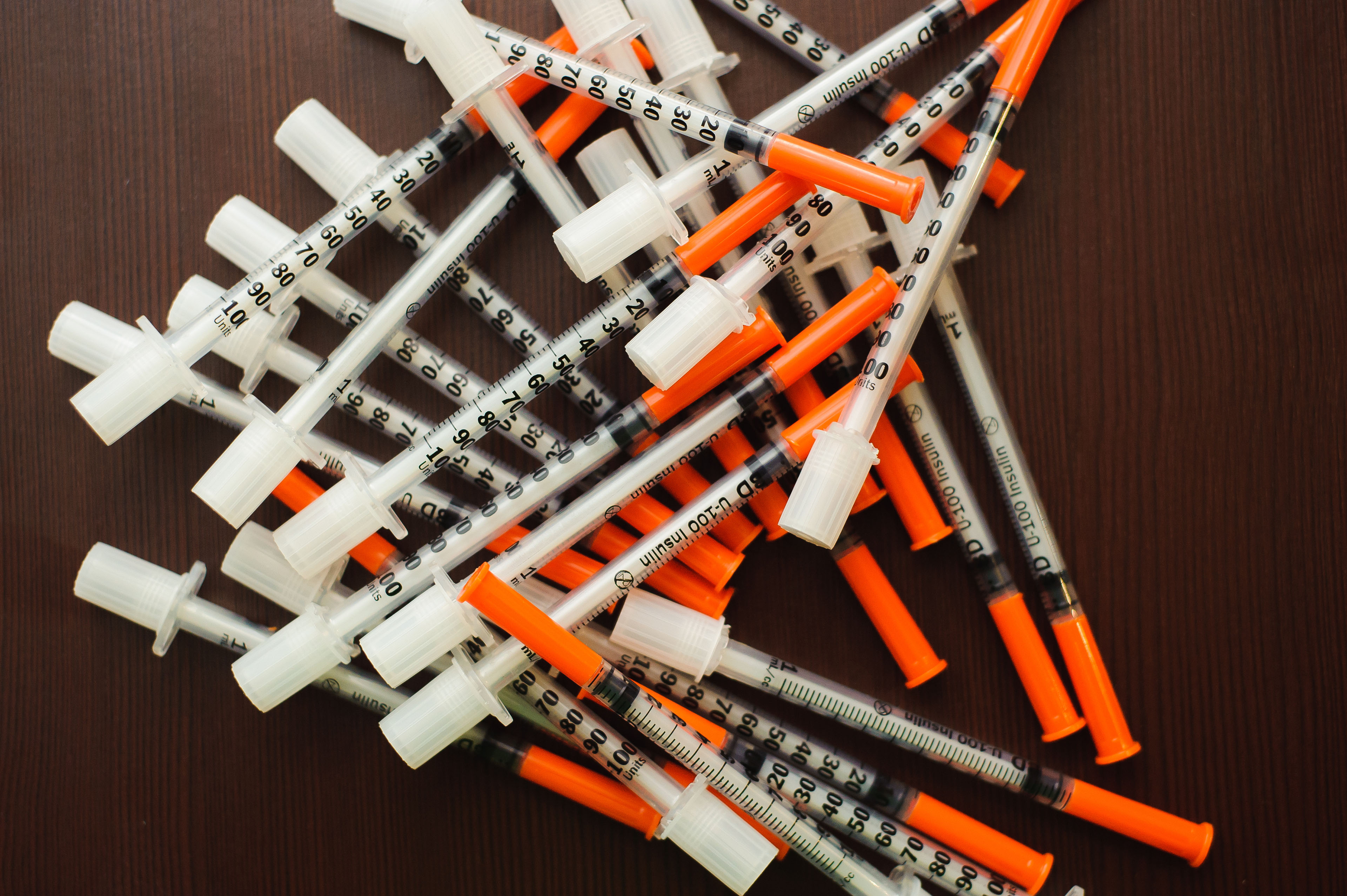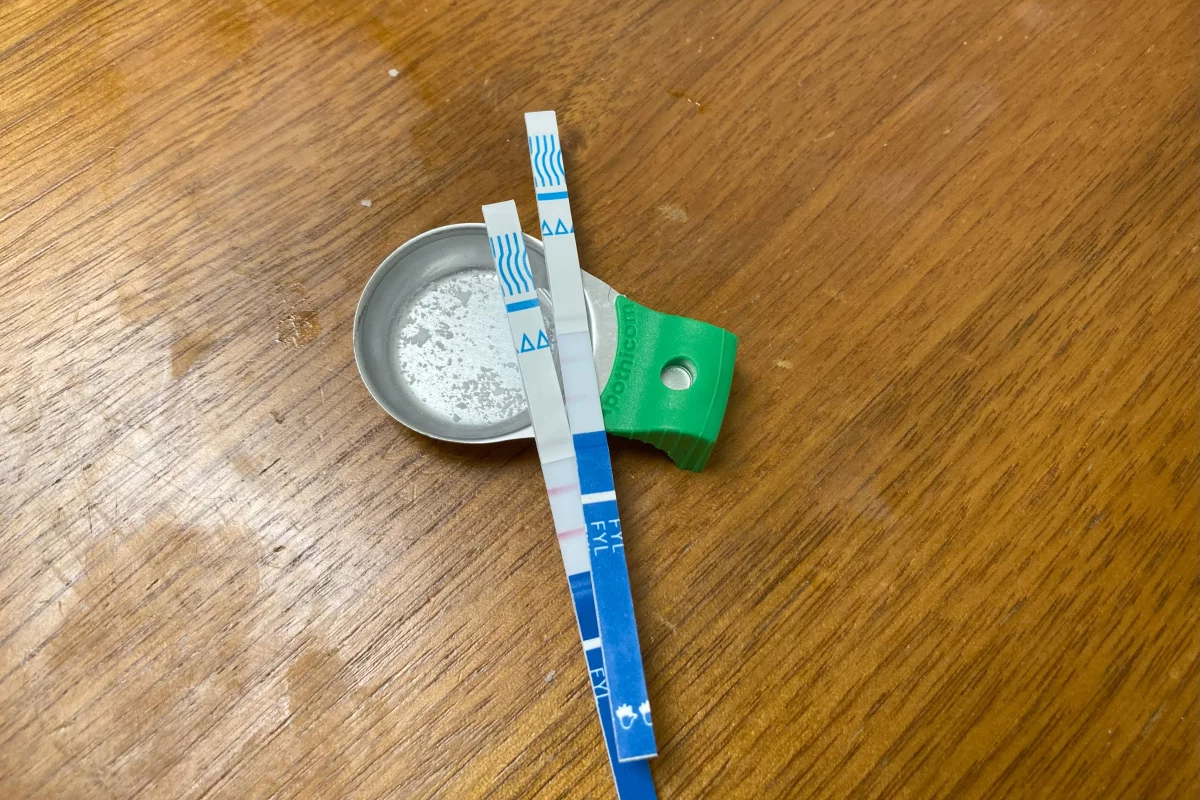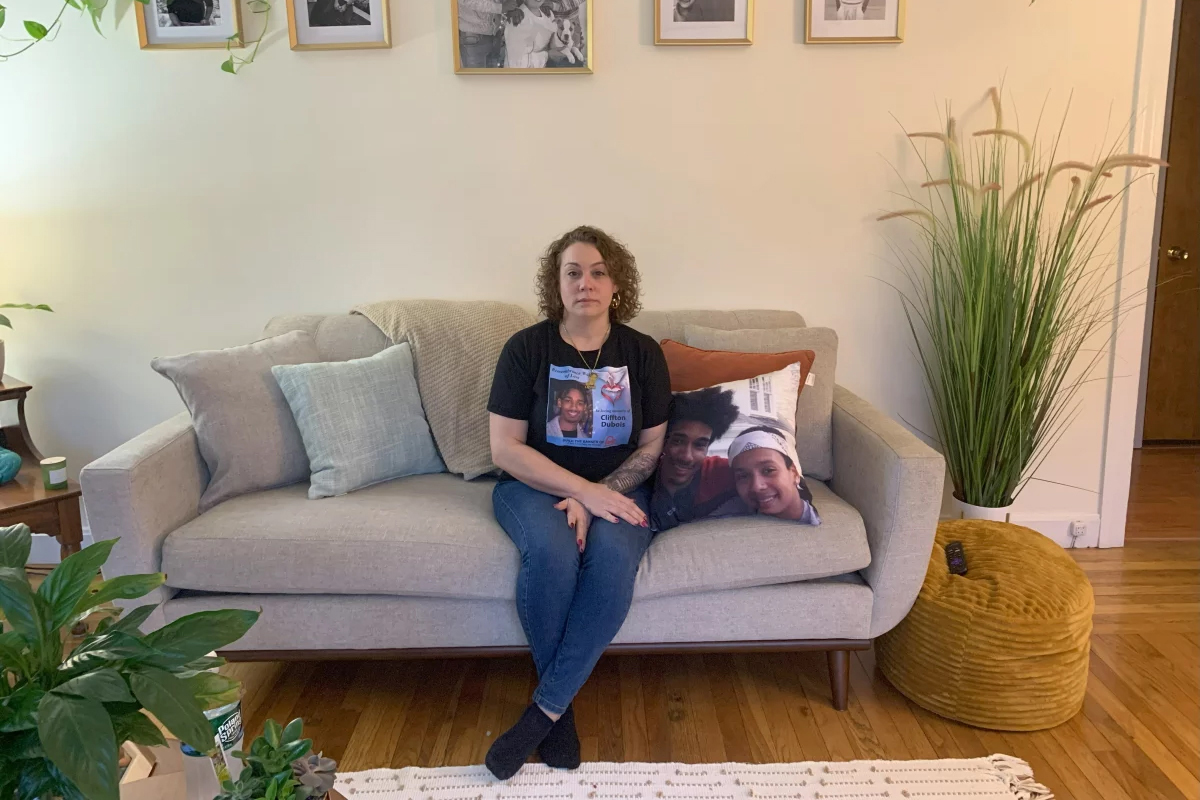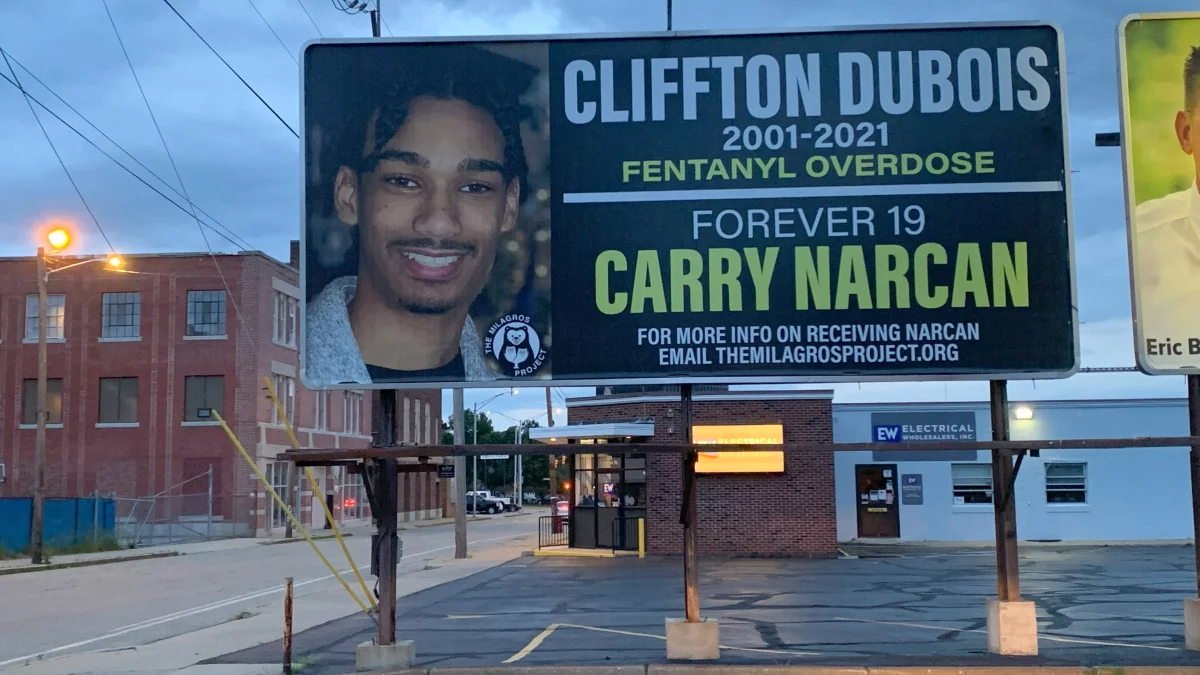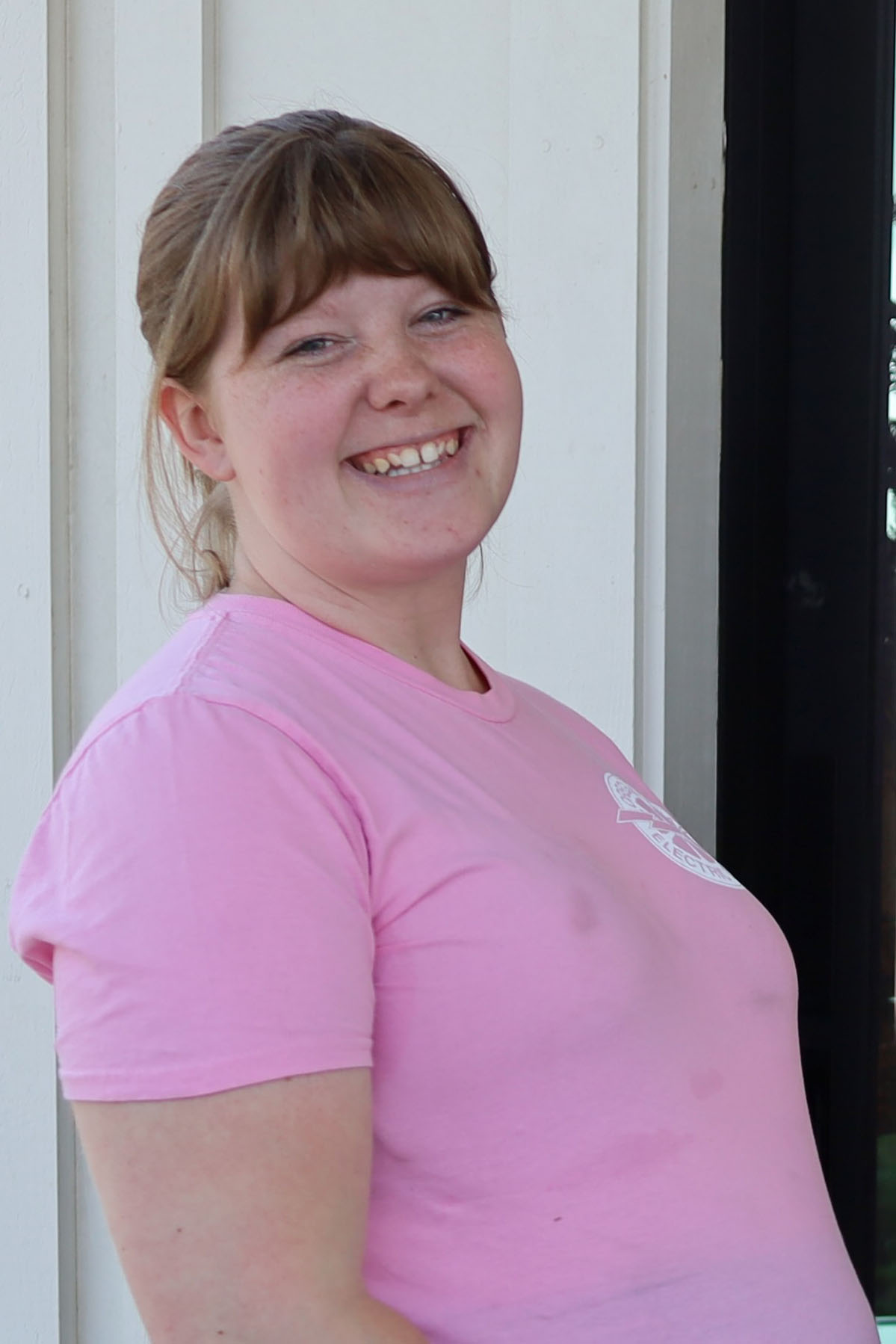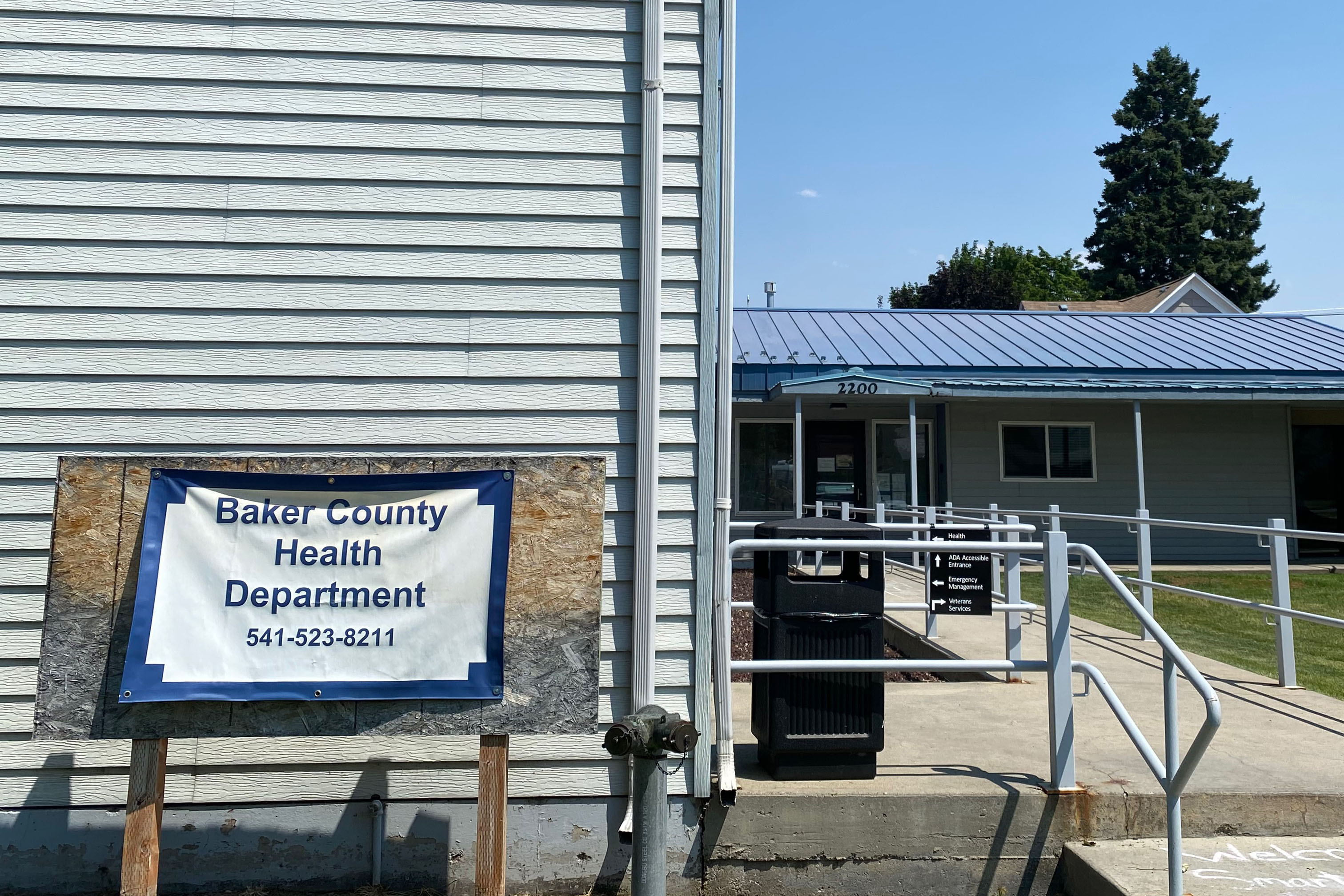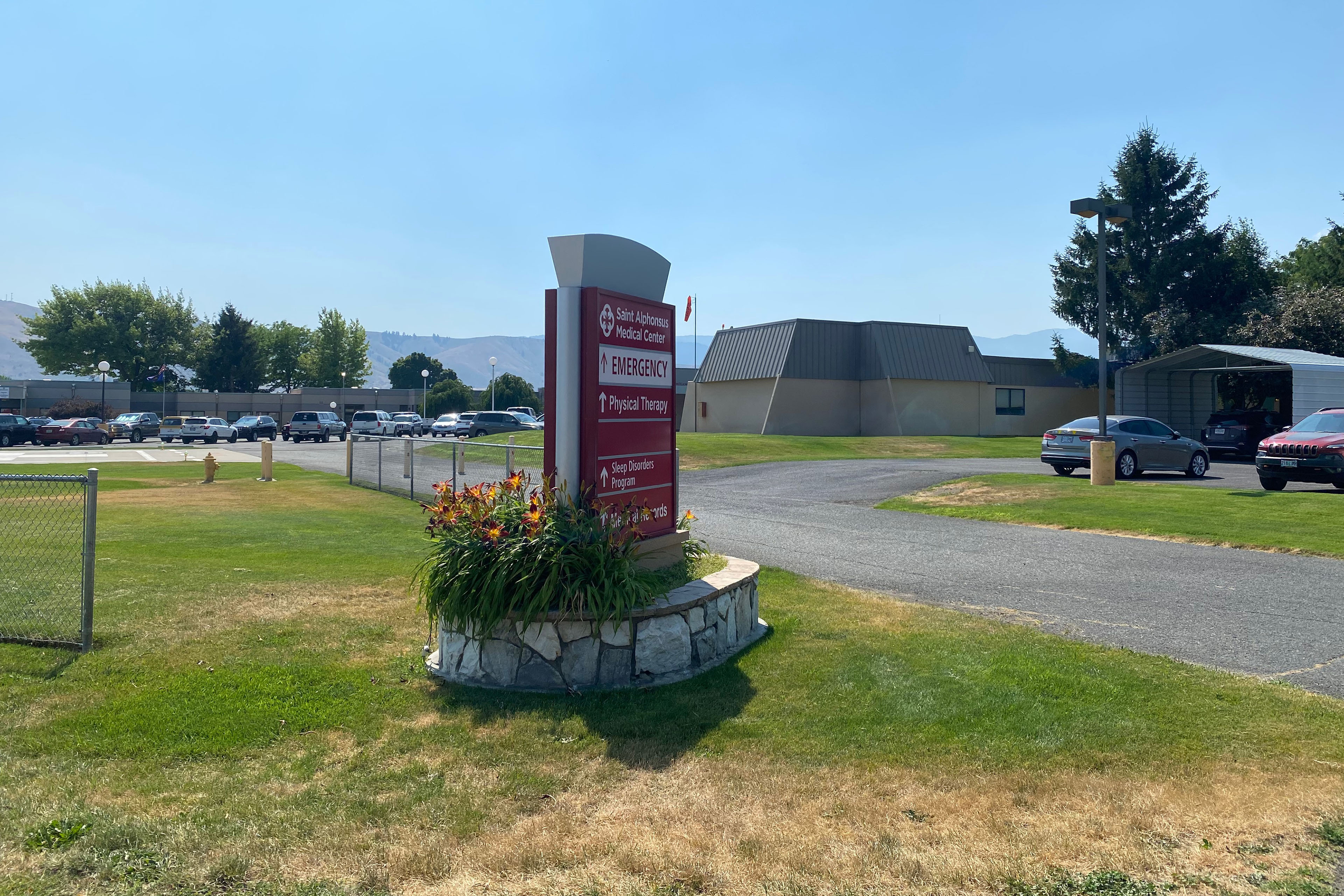[Editor’s note: This transcript was generated using both transcription software and a human’s light touch. It has been edited for style and clarity.]
Julie Rovner: Hello, happy new year, and welcome back to “What the Health?” I’m Julie Rovner, chief Washington correspondent at KFF Health News. Usually I’m joined by some of the best and smartest health reporters in Washington, but today we have a special holiday episode for you. Last month, I got the chance to chat with Francis Collins, former director of the National Institutes of Health, about a variety of subjects. Regular podcast listeners will know we used some of the excerpts of that discussion a couple of weeks ago, but today we’re bringing you the entire interview. I hope you enjoy it, and we’ll be back with all the news starting next week. So, here we go.
I am so pleased to welcome to the podcast Dr. Francis Collins, former director of the National Institutes of Health, and former White House science adviser and former director of the National Human Genome Institute, who led the effort to map the human genome. He also has a new book out this holiday season called “The Road to Wisdom: On Truth, Science, Faith, and Trust.”
Dr. Collins, it’s so great to have you here.
Francis Collins: Hey, Julie, it’s great to be with you. We go way back on a lot of interesting topics in health and medical research, and let’s get into it here.
Rovner: I want to start with some very basics because we have lots of student listeners and people who know a lot about health policy but less about science. So what is the NIH, and how does it work?
Collins: It is the largest supporter of biomedical research in the world. The National Institutes of Health, supported by the taxpayers with money that’s allocated every year by the Congress, is the main way in which, in the United States, we support basic medical research, trying to understand the details about how life works and how sometimes things go wrong and disease happens, and then carries those discoveries forward to what you might call the translational part, take those basic findings and try to see how could they actually improve human health in the clinic. And then working with industry, make sure if there’s an idea then for an intervention of some sort that it gets tested rigorously in clinical trials and, if it works, then it’s available to everybody.
So when you look at what’s happened over the course of many decades in terms of advances in human health, like the fact that reductions in heart attacks and strokes have happened rather dramatically, the cancer death rates are falling every year, where does that come from? An awful lot of that is because of the NIH and the thousands and thousands of people who work on this area, supported by those dollars that come from NIH, both a little bit in our own location in Bethesda, Maryland, but most of the money goes out to all those universities and institutes across the country and some outside the country.
Rovner: Yeah, I was going to say, I happen to live right up the street from the campus in Bethesda, but I know that that’s not where most of the money goes. It goes to the rest of the country.
Collins: Right. Eighty-five percent of the dollars are given out to people who write grant applications with their best and brightest and boldest ideas, and they get sent and reviewed by peers who have scientific expertise to be able to assess what’s most likely to make real progress happen. And then, if you get the award, you have three to five years of funding to pursue that idea and see what you can learn. Unfortunately, even though the budget for NIH has been reasonably well treated, especially in the last, oh, eight or nine years, it’s still the case that most applications that come into NIH get rejected. Only about 20% of them can be actually paid for with the current budget we have. So, sad to say, a lot of good ideas are left on the table.
Rovner: And yet, for more than three decades now, the NIH has been kind of a bipartisan darling with strong financial support from Democrats and Republicans in both the White House and in Congress. Now we have an administration coming in that’s calling for some big changes. Could NIH honestly use some reimagining? It’s been a while.
Collins: Oh, sure. I mean, I was privileged to be the NIH director for 12 years. I did some reimagining myself in that space. One of the first things I did when I got started was to create a whole new part of NIH called NCATS, the National Center for Advancing Translational Science, because it seemed that some of these really exciting basic science discoveries just sort of landed with a thud instead of moving forward into clinical applications. NCATS has done a lot to try to change that. So yeah, there’s always been this sense of this is the crown jewel of the federal government, but it could even be better. So let’s try to work on that.
I hope that’s what’s going to happen in this next iteration — find things to fix. If it’s more an idea of let’s just blow the whole thing up and start over, then I’m opposed, because I think the rest of the world just has this great admiration for NIH. Many of them would say this is the most amazing engine for medical discovery that the world has ever known. Let’s certainly optimize it if we need to. But my goodness, the track record is phenomenal. And the track record is both about advances in health and it’s also about economic growth, which people are rightly concerned about as well. Every dollar that NIH gives out in a grant returns $8.38 in that return on investment to the economy within a few years. So if you wanted to just say, “Well, let’s just try to grow the economy,” and didn’t even care about health, NIH would still be one of your best bets.
Rovner: So one of the things that Robert F. Kennedy Jr., who’s [President-elect Donald] Trump’s pick to lead HHS [the Department of Health and Human Services], has talked about is taking a break from the federal government researching infectious diseases and concentrating on chronic diseases instead. Do you think that’s a good idea for the NIH?
Collins: Well, NIH does a lot on chronic diseases. Let’s be clear about that. Infectious disease has certainly gotten a lot of attention because of covid and the controversies around that. Although, let me also step back and say what was done during covid, the development of a vaccine in 11 months that is estimated to have saved 3.2 million lives in the U.S. alone, is one of the most amazing scientific achievements ever and shouldn’t be somehow pushed aside as if that wasn’t a big deal. That was a huge deal. But infectious diseases are still out there, and with everything that we see now with things like H5N1, there’s a lot of work that needs to be done.
Sure, chronic diseases deserve a lot of attention, but let’s look at what’s happening there with cancer, with Alzheimer’s disease, with diabetes, with heart disease. Those are huge current investments at NIH. Could we look at them closely and ask are they being absolutely optimally spent? That’s always an appropriate question to ask, but it’s not as if this has been sort of ignored.
Look at the project that I had something to do with starting called All of Us, which is an effort to look at all kinds of illnesses in a million people, a very diverse group, and figure out how not to just do a better job of treating chronic disease but how to prevent it. That’s an incredibly powerful resource that’s now beginning to build a lot of momentum, and there’s a place where maybe even a little bit more attention to All of Us could be helpful, because we could go faster.
Rovner: So it’s not just either/or?
Collins: No, it shouldn’t be either/or. And, I mean, look around your own family and the people you care about. What are the diseases that still need answers? There’s plenty of them, and they’re not all in one category or another. This is what NIH has always been charged to do. Look across the entire landscape, rare diseases as well as common diseases, infectious diseases, as well as things that are maybe caused by environment or diet. All of that has to be the purview, otherwise we’re not really serving all the people.
Rovner: So, you’re unique in many ways, but a big one is that you’ve managed to simultaneously be a person of faith and a person of science. So often those things are at odds. Why is that so difficult for so many people? You don’t seem to have a lot of trouble with it.
Collins: I don’t, but there’s a long history here. Maybe it helps me that I did not grow up as a person of faith. I was an atheist when I was in graduate school studying quantum mechanics, and then I went to medical school and discovered that my answers to really important questions like What’s the meaning of life? were a bit thin. Atheism didn’t help me so much, and I really felt I had to do some work to explore that and, ultimately, over a couple of years of that work, came to the conclusion that for me, both in terms of the rational arguments and also the sort of spiritual calling, that I felt that I couldn’t be an atheist anymore, and I became a Christian.
Everybody predicted around me that my head would explode because this was going to be incompatible with my scientific loves, one of which was genetics, but it never happened. I think we have a lot of preconceived ideas about what has to be the perspective of faith or the perspective of science. When you look more closely, there’s actually more room there to figure out how these two ways of finding truth, ways of knowing, can actually inform each other. And for me, being able to have all of the questions on the table, not just the science questions or not just the faith questions but all of them that you can think through on a given Thursday, feels like a good thing, and it’s incredibly enriching. But I am sorry that not everybody sees it that way.
Anybody listening to this that wants to look at a good dialogue about this that’s going on quite vigorously, go to the website BioLogos, B-I-O-L-O-G-O-S. A couple million people there are engaged in deep and very civil discussions about how science and faith can speak to each other in useful ways.
Rovner: Well, that’s kind of a perfect segue because one of the things you write about in your new book is how we’ve become a society that’s distrustful, not just of science but of all expertise. How can the scientific community start to rebuild that trust that we used to have?
Collins: Well, let’s be clear, trust in everything has been deteriorating. Institutions across the board have lost trust by various surveys that Gallup does, and that’s part of, I think, a reflection of society kind of falling into this place of skepticism and even cynicism and a likelihood to assume that anything that sounds like expertise might also be elitist and might not be good for me. This is a dangerous place to be. Society has to have institutions that are reliable and dependable and kind of create a “constitution of knowledge” that Jonathan Rauch writes about. But right now, all of that seems a bit in jeopardy. And science is just one of those sources of truth that now some people are questioning. But can I trust what science has said about something? Well, we all have to, I think, learn our own skill set, again, about how to assess information and the sources of it and whether it should be trusted. And we should not be using where we currently live, in a particular bubble, as a means of deciding whether to accept a claim or not, because there’s a lot of stuff happening in bubbles that isn’t true.
So part of it is our own need to come back to that kind of filtering. But for scientists, I think we are very much in the space now of having to be more in the world, in the arena, and willing to listen to objections and not get defensive and come back again with thoughtful, winsome explanations about how science works and how science is self-correcting. And even though sometimes science makes mistakes, they won’t be mistakes for very long, because somebody will come along and figure out that wasn’t right and it’ll get corrected. That should be very reassuring. But oftentimes today, that information is less well understood. Maybe part of what happened during covid is that much of the science information seemed to be coming down from elitist voices like me that weren’t as close to the community as people would’ve wanted to see and maybe would’ve had more trust in. So we’ve got to diversify the sources of science communication and not have it be so much focused in just a few places.
Rovner: Do scientists need to be more humble, if you will? I mean, more honest about there’s a lot of things we don’t know, and we’re getting new information every day, and that might change what we say? I feel like there wasn’t maybe enough of that during covid.
Collins: I totally agree, and I talk about that in the book. I wish those times when I was shoved in front of a camera during 2020 and ’21 and asked “OK, what should the public do today to protect themselves?” that I would’ve started the answer with: “Well, there’s a lot we don’t know yet, but let me tell you the best we can do with the information we have. But don’t be surprised if a week or a month from now that information changes. This is how science works, and we’re in the process of learning about this diabolical virus, and we don’t have all the data yet.” I wish we’d said that more often. Yeah, I think all sources, if you want to be regarded as reliable, you need to have integrity. You’ve got to be honest. You’ve got to have competence. You have to have done the work. And, I’m sorry, a lot of what’s on social media does not meet that standard.
Rovner: No, I think—
Collins: And then you’ve got to have — and humility. Like you said, humility. I think anybody who’s basically saying, “Well, I know something about this area, so now I know something about everything” — celebrities, listen up here — that is probably not the kind of source that you want to necessarily attach yourself to. But it happens a lot. So integrity, competence, humility, use those as your standards for deciding whether to trust a particular source or an institution.
Rovner: I know you’re active in a group called Braver Angels, which you’ve described as marriage counseling for our country, which clearly we need.
Collins: We do.
Rovner: Can you tell us a little bit about that?
Collins: So, they got started eight years ago with increasing sense of the polarization, the divisiveness, and, “Wait a minute. This isn’t what we want to be. How do we bring people back together?” And they create an environment where people on opposite sides of an issue — maybe it’s gun control or immigration or public health — have to actually get together and listen to each other, for starters. No, and you’re not allowed to start shouting. You have to listen carefully to what the opposite side says about their view on this well enough that you can speak it back to them and say, “Here’s what I heard you say,” and have them say, “Yeah, that’s what I said.” We don’t do that very well.
Right now, in those circumstances, it’s more like: “OK, they just said this. Let me plan what I’m going to say back to prove them wrong.” And you have this snappy response back and forth, and nobody actually changes their view at all. Having done a lot of these sessions with Braver Angels, I’ve learned things that I didn’t know before about how people, for instance, who felt the covid response was ham-handed in their particular local environment. Yeah, I can kind of see how it was, and ideally it would’ve been better if we’d had a more appropriate response that depended on community circumstances instead of trying to do one size fits all. Of course, it was all a crisis and we didn’t have much chance to do that, but they’ve got a point. If you’re in the heartland somewhere, all of the things that were decided, much of which seemed to be particularly relevant to the big cities, didn’t seem like it was a great fit for them.
That’s an example of a kind of thing. And I’ve become friends with a lot of the people who initially I thought, “Well, I could never get along with that person,” but now I understand who they are. And we still disagree, and I still think they’re wrong about things and they think I’m wrong about things, but we can have that disagreement and not be disagreeable, and we can actually go to the bar afterwards and have a beer. It’s OK. We need a lot more of that.
Rovner: Yes, we do. Well, you had a very long and decorated career. Is there one more big thing you hope to accomplish before you actually retire? I know you’re still busy in your lab.
Collins: Busy in my lab, and I am still working on a project that I started when I was the president’s science adviser, which is an effort not to create a new solution to a disease but to get it implemented. And that is the disease called hepatitis C. And I continue to be the lead for the White House in trying to get a program underway that would find, test, treat, and cure as many of the 4 million Americans who are currently infected with this viral disease. We have a cure for this disease. It’s amazing — one pill a day, 12 weeks, 95% effective, no side effects. And yet, because many of the people who are infected are not in the best place — they might be on Medicaid, they might be uninsured, they might be in the criminal justice system, because a lot of this relates to intravenous drug use — they don’t have access. And they’re all trying to get back on their feet and they’re not going to get back on their feet if we don’t do something about this, and then end up with a terrible outcome of cirrhosis, liver cancer, and early death.
I watched my brother-in-law die of this, and it is a horrible disease, and it’s totally preventable now. So we have a program, which I am totally confident if we can get it launched, maybe even in the next few weeks, this could save thousands and thousands of lives — and also, by the way, billions of dollars for health care that won’t be needed for all those transplants and liver cancer treatments because we’ll prevent them.
So I am a bit obsessed about this. Maybe you’re sorry you asked if I had one more thing. This is the one more thing that I am totally devoted to getting into the end zone.
Rovner: No, that’s super cool, and also, what a great example of something that medical research has done to help health care in the United States.
Collins: Absolutely. We just have to do the implementation part. How hard can it be?
Rovner: A good place to leave it for now. Dr. Francis Collins, thank you so much for joining us. I hope we can call on you again.
Collins: Please do, Julie. It’s always great to talk to you. Thanks for everything you’re doing to spread the word about what we can do about health care. We can do a lot.
Rovner: I hope so. Thank you.
OK. That’s this week’s show. As always, if you enjoy the podcast, you can subscribe wherever you get your podcasts. We’d appreciate it if you left us a review. That helps other people find us, too. Special thanks again this week to our temporary producer, Taylor Cook, and our editor, Emmarie Huetteman. As always, you can email us your comments or questions. We’re at [email protected], or you can still find me at X, @jrovner, and increasingly at Bluesky, @julierovner.bsky.social. We’ll be back in your feed next week. Until then, be healthy.



